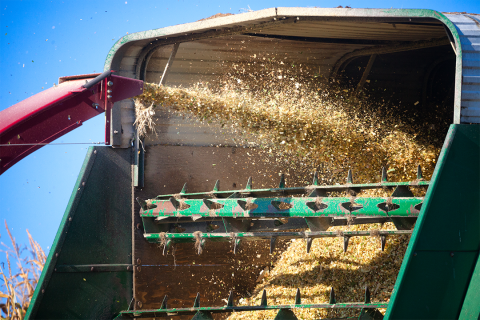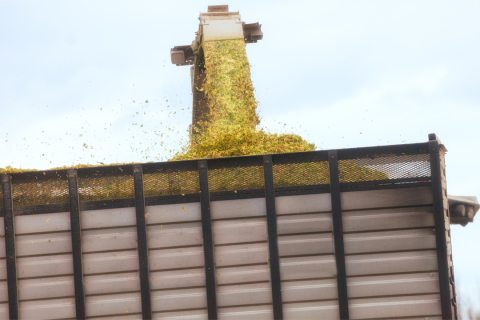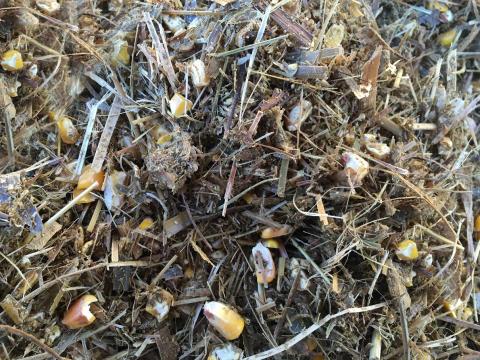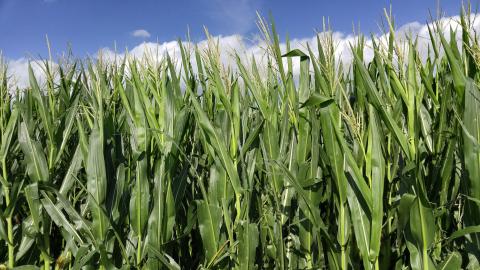Pasture and Forage Minute: Recommendations for Storing Quality Silage
August 14, 2024
Extension educators highlight the importance of using the right inoculants and storage methods for corn silage to improve fermentation, reduce spoilage and maintain feed quality.
Harvest and Irrigation Outlook for Fall in Western Nebraska
October 12, 2023
Harvest updates for sugarbeets, dry edible beans and corn in western Nebraska, and insights on the availability of water in reservoirs for the 2024 growing season.
Pasture and Forage Minute: Understanding Nitrate Scores, Corn Silage Pricing
September 6, 2023
Extension educators review the importance of understanding nitrate and nitrate nitrogen scores in forage test results, how to price corn silage to salvage drought-stressed crops, and selecting winter annual forages.
Pasture and Forage Minute: Considerations for Corn Silage, Last Cutting Alfalfa and Forage Inventories
August 29, 2023
Best practices for packing and covering corn silage, timing the last fall alfalfa cutting, and taking inventory of fall and winter feed supplies.
Drought-stressed Corn: A Feed Opportunity
August 18, 2023
When grain harvest of drought-stressed corn won’t be a viable option, it can be utilized in several other ways with careful management and care in feeding.
Is That Corn Crop Worth More as Silage or Grain?
August 16, 2023
When evaluating whether to harvest a field for silage or grain, there are several factors to consider. Both methods of harvest have advantages and disadvantages depending upon an operation’s goals and objectives.
Pasture and Forage Minute: Kernel Processing for Silage, Hay Harvest and Storage Considerations
August 9, 2023
Nebraska Extension Educator Ben Beckman reviews methods of kernel processing for quality corn silage, reducing hay loss during storage and adjusting for adverse weather during hay harvest.
Pasture and Forage Minute: Corn Silage Harvest and Storage, Rejuvenating Thin Alfalfa
August 3, 2023
Extension educators share recommendations on strategies for silage harvest and storage, and ways to improve thinning alfalfa fields to delay the need for a complete reseeding.







